Quick question- need help ASAP: subfloor thickness?
Stacey Collins
13 years ago
Related Stories
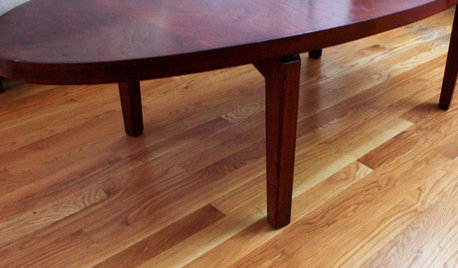
HOUSEKEEPINGFurniture Clinic: Quick DIY Glides for Sofa, Chair or Table
Smooth things over between your furniture and floor with easy glides cut from leather scraps
Full Story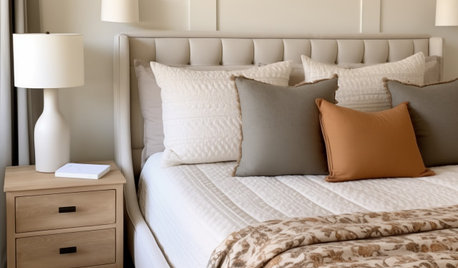
MONTHLY HOME CHECKLISTSYour Checklist for Quick Houseguest Prep
Follow these steps to get your home ready in a hurry for overnight visitors
Full Story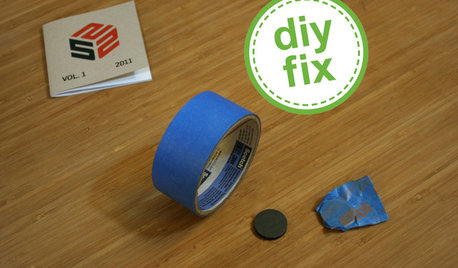
DECORATING GUIDESQuick Fix: Find Wall Studs Without an Expensive Stud Finder
See how to find hidden wall studs with this ridiculously easy trick
Full Story
KITCHEN DESIGN9 Questions to Ask When Planning a Kitchen Pantry
Avoid blunders and get the storage space and layout you need by asking these questions before you begin
Full Story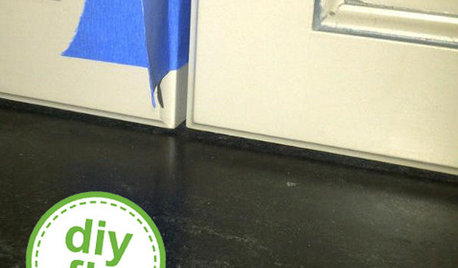
DECORATING GUIDESQuick Fix: Multipurpose Painter's Tape
Five creative uses beyond a paint job for those favorite blue rolls
Full Story
REMODELING GUIDESConsidering a Fixer-Upper? 15 Questions to Ask First
Learn about the hidden costs and treasures of older homes to avoid budget surprises and accidentally tossing valuable features
Full Story
REMODELING GUIDESSurvive Your Home Remodel: 11 Must-Ask Questions
Plan ahead to keep minor hassles from turning into major headaches during an extensive renovation
Full Story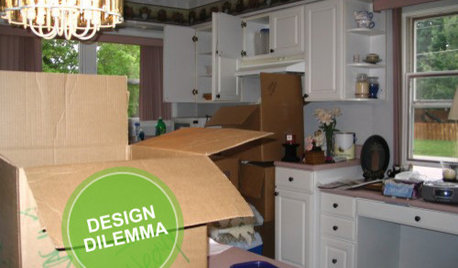
KITCHEN DESIGNDesign Dilemma: My Kitchen Needs Help!
See how you can update a kitchen with new countertops, light fixtures, paint and hardware
Full Story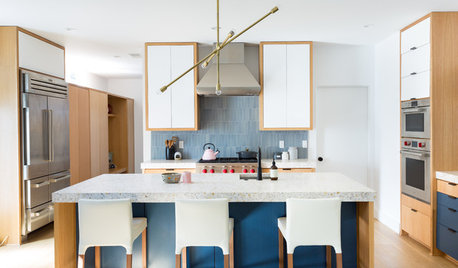
STANDARD MEASUREMENTSKey Measurements to Help You Design Your Home
Architect Steven Randel has taken the measure of each room of the house and its contents. You’ll find everything here
Full Story
REMODELING GUIDESWisdom to Help Your Relationship Survive a Remodel
Spend less time patching up partnerships and more time spackling and sanding with this insight from a Houzz remodeling survey
Full StoryMore Discussions






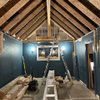
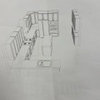

macv
Stacey CollinsOriginal Author
Related Professionals
Arlington Kitchen & Bathroom Designers · Hickory Kitchen & Bathroom Remodelers · Tempe Kitchen & Bathroom Remodelers · Shaker Heights Kitchen & Bathroom Remodelers · Forest Hills Kitchen & Bathroom Remodelers · Birmingham Interior Designers & Decorators · Glenbrook Interior Designers & Decorators · Abington General Contractors · Fitchburg General Contractors · Highland City General Contractors · Rotterdam General Contractors · Summit General Contractors · Waianae General Contractors · Walnut Park General Contractors · West Whittier-Los Nietos General Contractorsmacv
Stacey CollinsOriginal Author
Stacey CollinsOriginal Author
macv
MongoCT
Stacey CollinsOriginal Author
worthy
la_koala
MongoCT
Stacey CollinsOriginal Author
scoutnad
brickeyee